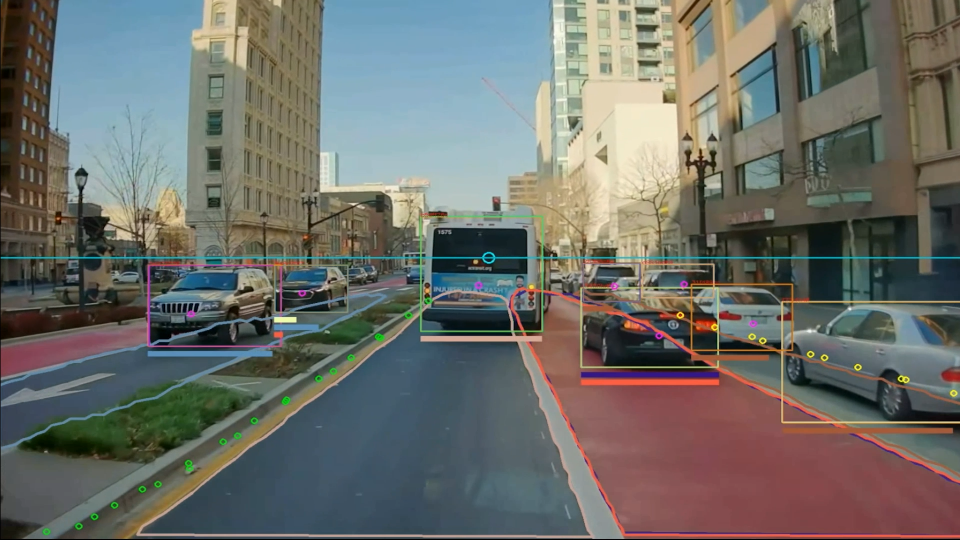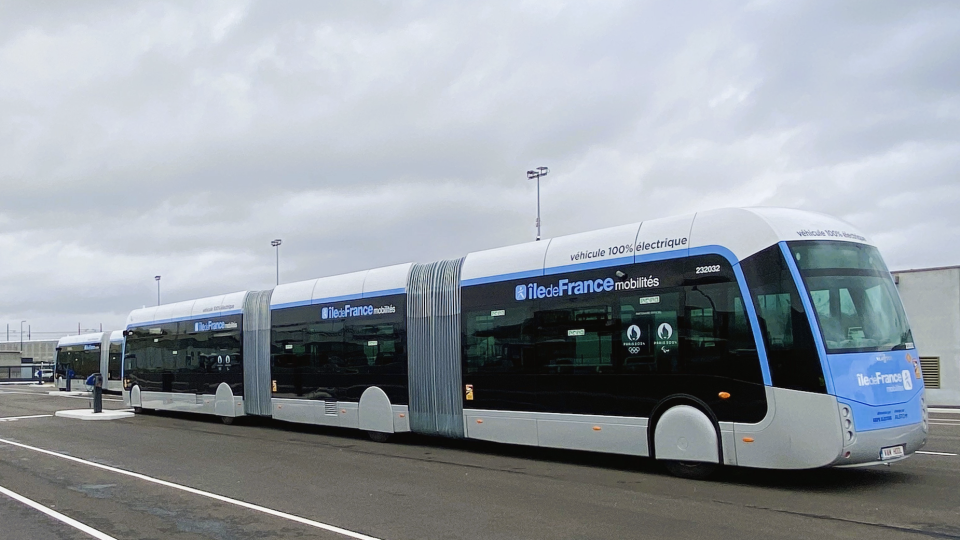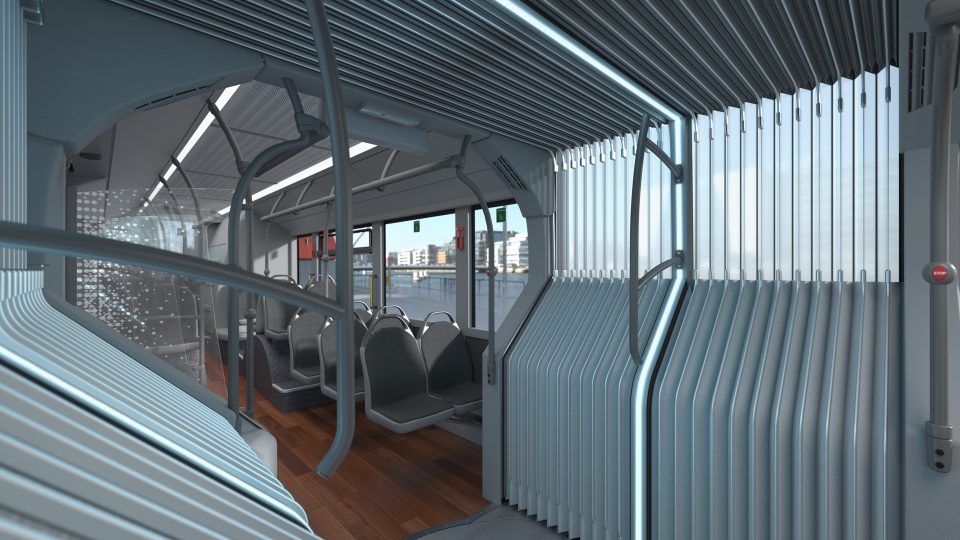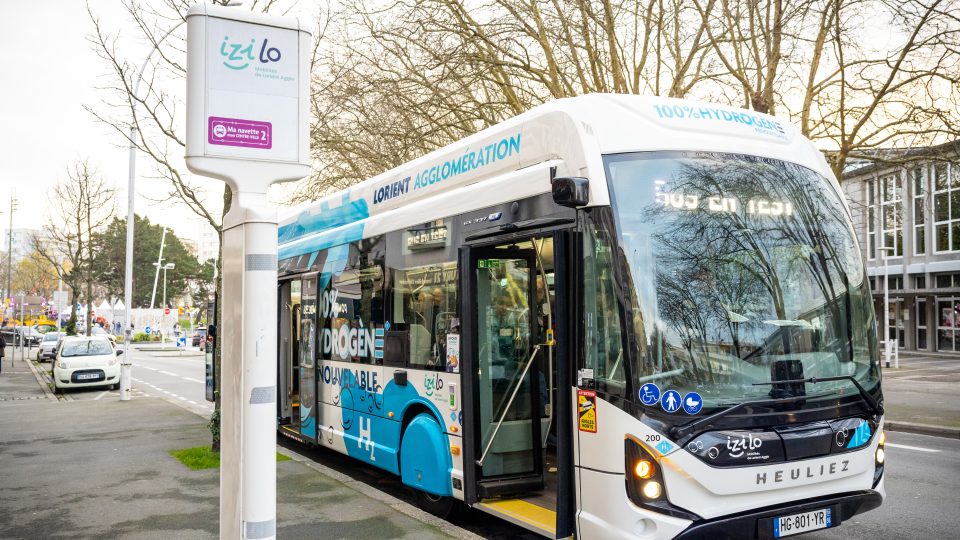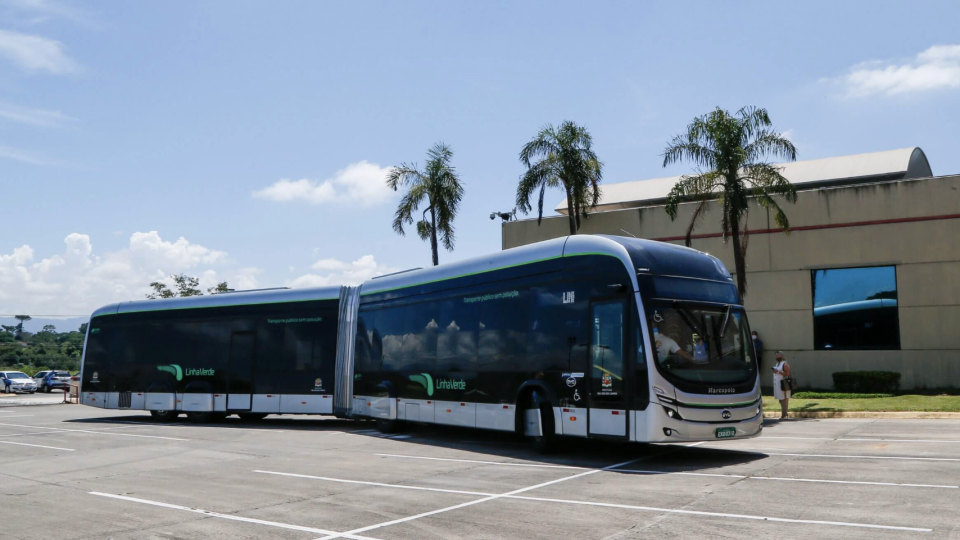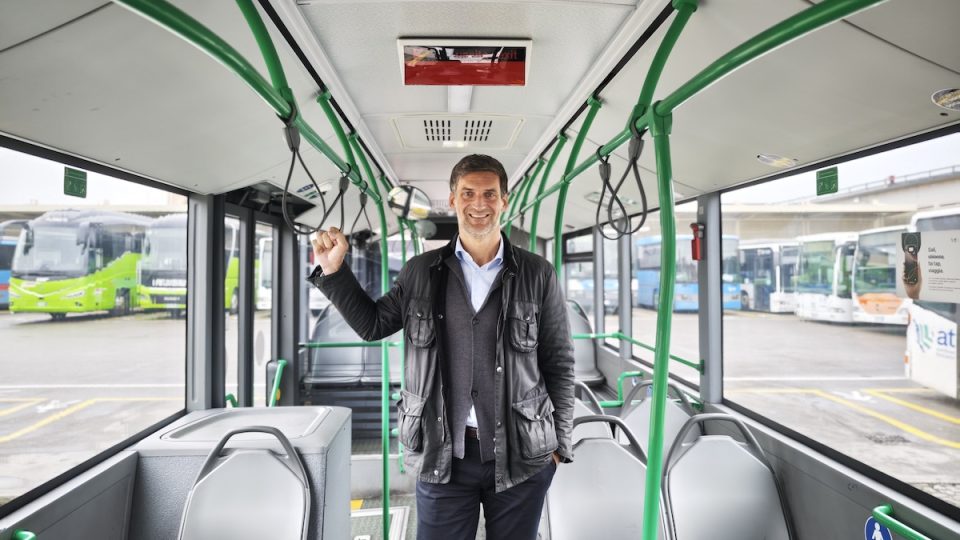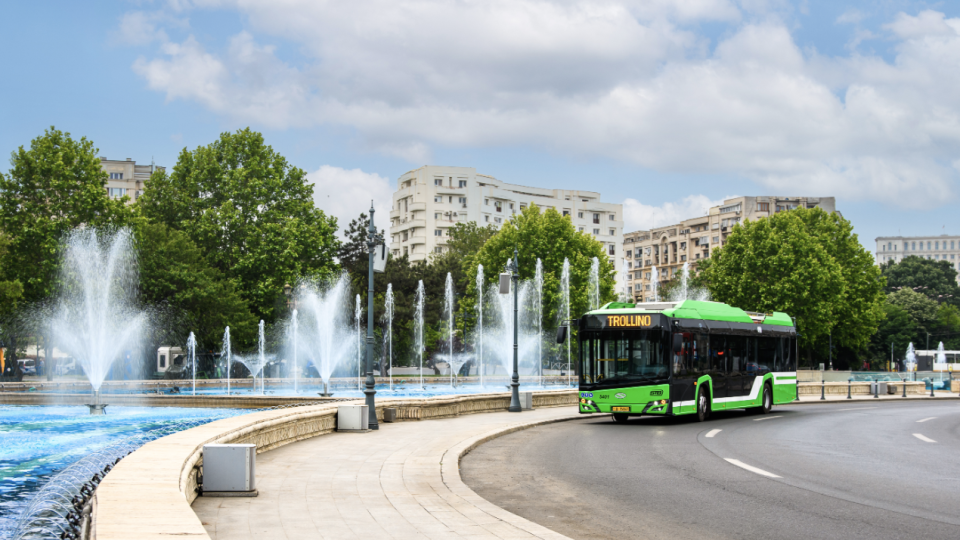A century of bus production: Iveco Bus Annonay plant turns 100
Iveco Bus is celebrating the 100th anniversary of its Annonay plant in France — a site that has played a central role in shaping collective mobility since 1925. From the groundbreaking ideas of founder Joseph Besset to today’s zero-emission technologies, Annonay has continuously evolved, weathering industrial shifts and driving innovation across generations. With over 1,200 […]
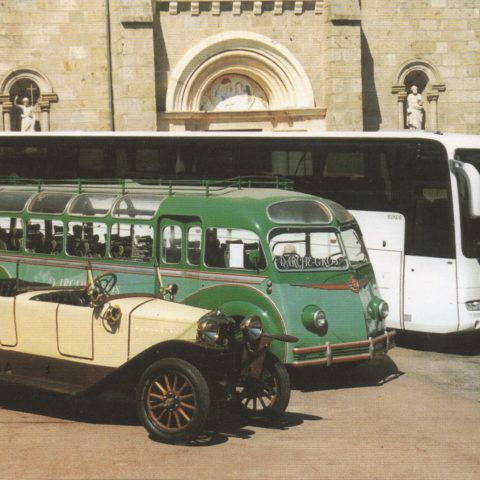
Iveco Bus is celebrating the 100th anniversary of its Annonay plant in France — a site that has played a central role in shaping collective mobility since 1925. From the groundbreaking ideas of founder Joseph Besset to today’s zero-emission technologies, Annonay has continuously evolved, weathering industrial shifts and driving innovation across generations.
With over 1,200 employees, the factory remains a benchmark for bus manufacturing in Europe.
Opening picture: Rochet-Schneider car bodied by J. Besset in 1927, Isobloc W 947 DP 2 (1947), Iliade RTX (1999). (Photo credit: Nicolas Tellier).
In a press release issued today, 13th May 2025, Iveco Bus retraces the plant’s journey through a century of milestones, iconic vehicles, and forward-looking solutions. Here’s how:
Iveco Bus celebrates 100 years of Annonay plant
Annonay: The Capital of French Coaches and Buses Since 1925
Joseph BESSET (1890-1959) – The Founder
Joseph Besset, born in 1890 in Vanosc, Ardèche, was an industrial coachbuilder recognized as a pioneer and the father of modern French coaches. In 1925, he purchased a large plot of land on the outskirts of Annonay and founded the Société Anonyme des Etablissements Besset, succeeding the Carrosserie Automobile Besset previously established in the town centre. The company specialized in coach bodywork built on the chassis of major truck brands of the time. In 1938, he revolutionized the industry by presenting the first European coach with a self-supporting structure and rear engine, named Isobloc. Joseph Besset passed away in 1959. Today, his legacy lives on, and his Annonay factory remains a symbol of innovation and excellence in bus manufacturing.
- From Floirat to IVECO BUS
Over its century-long existence, the Annonay factory has undergone several changes in ownership and structure. In 1951, Sylvain Floirat acquired the plant and established SACA (Société d’Automobiles et Carrosseries d’Annonay). Five years later, in 1956, SACA was sold to Saviem (Société Anonyme de Véhicules Industriels et d’Equipements Mécaniques, the heavy truck subsidiary of Régie Renault). In 1978, Renault Véhicules Industriels (R.V.I.) was created following the merger of Saviem and Berliet. In 1999, IVECO and RENAULT V.I. joined forces to develop their coach and bus operations, resulting in IRISBUS, the second-largest European manufacturer, which became fully owned by IVECO in 2003. In 2013, IVECO BUS, replacing the IVECO-IRISBUS name, became the new brand dedicated to passenger transport, marking the beginning of a new phase of development within IVECO’s other international activities.
- The Annonay Site Today
Under the banner of IVECO BUS, the historic Annonay factory, dedicated to sustainable mobility, is one of Iveco Group’s two industrial sites in France. Building on its heritage and unique expertise, IVECO BUS in Annonay remains a national leader in the French bus industry and a leading manufacturer of passenger transport in Europe. Committed to energy transition, the factory produces low- and zero-emission buses and assembles batteries. As the largest employer in the French Ardèche region, IVECO BUS positions itself as a true industrial ecosystem, generating both direct and indirect employment and contributing significantly to France’s industrial excellence.
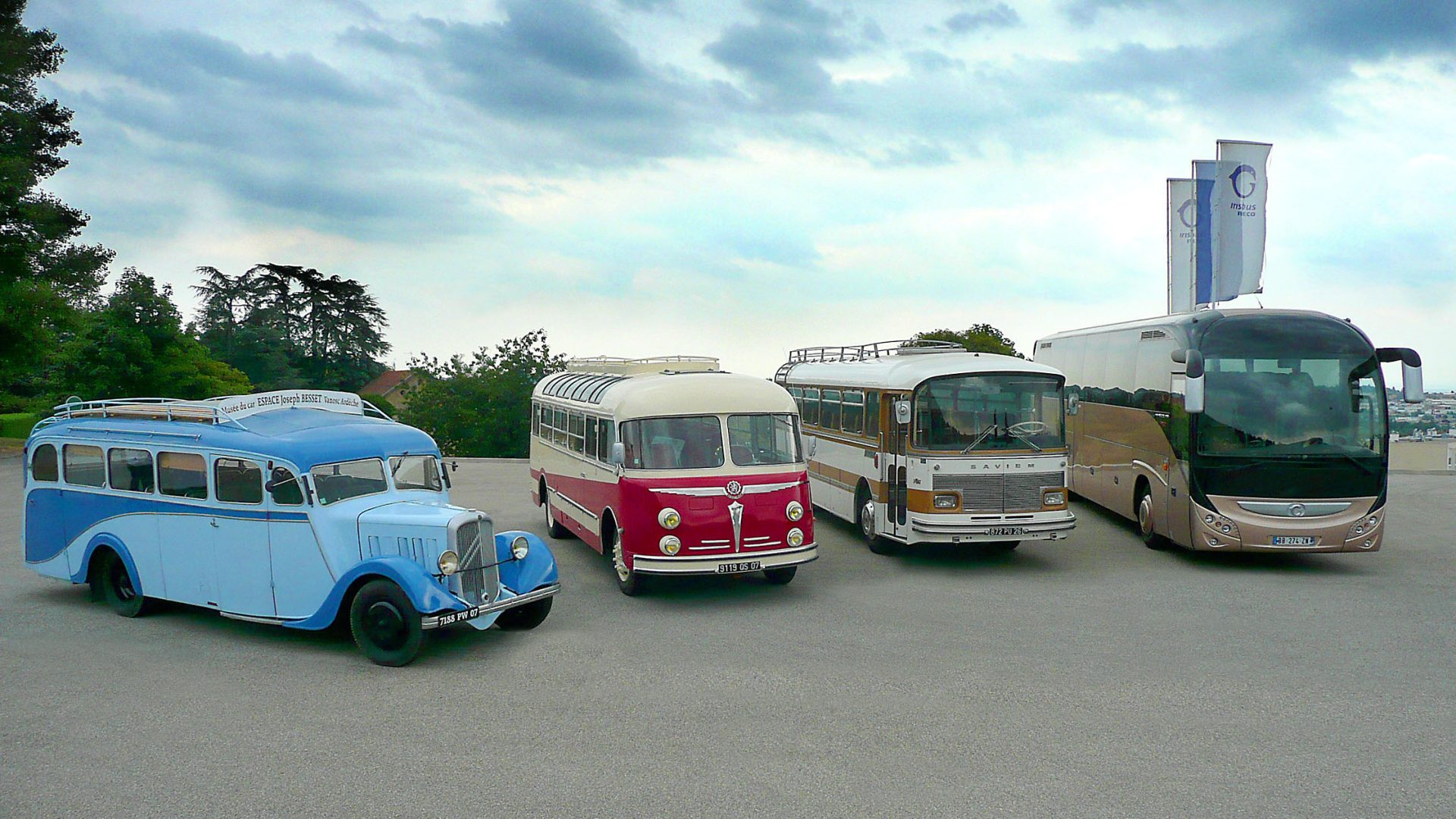
The Eight Key Technological Milestones of a Pioneering Factory
- 1934, a new manufacturing technique: steel replaces wood
Long before many of his peers, Joseph Besset moved away from wooden frames inherited from horse-drawn carriage bodywork in favour of fully metal bodies made from steel profiles assembled through arc welding. The coaches manufactured in Annonay thus became more robust (enhancing safety) while also being lighter (increasing transport capacity and ensuring greater profitability).
- 1938, a revolution: bodywork without a chassis and a rear engine.
By abandoning the traditional “heavy-duty” chassis and positioning the engine at the rear, Joseph Besset developed, based on the American Garwood license, a vehicle specifically for passenger transport – the Isobloc – that definitively moved away from the “truck” design. This self-supporting structure would go on to be adopted by all European manufacturers.
- 1947: a pivotal contribution to French mobility
Having escaped destruction during World War II, the Annonay factory became the first national site specializing in the construction of public transport vehicles. It employed 1,220 people and produced 1,628 coaches (of which 1,037 bodied vehicles and 591 Isobloc), then an essential means of transport in post-war France as it recovered from its ruins. This production level had never been reached before!
- 1983, coaches and buses immersed in a cataphoresis dip bath!
On the launch of the FR 1, Annonay inaugurated the world’s first cataphoresis dip anti-corrosion protection installation to produce coaches and buses, ensuring unprecedented durability and high resale value.
- 1997, Natural Gas: an alternative energy that exceeds official anti-pollution standards!
The factory adapted to this new clean fuel sector to mass-produce the Agora CNG. The first deliveries went to Lille, where biogas produced by the local wastewater treatment plant was used to produce methane fuel for the city’s bus network. Benefits: clean running (fewer pollutants), quiet operation (reduced noise, no odours, no smoke), and environmental sustainability (local renewable energy).
- 2005, BRT, an innovative concept developed by Irisbus
Produced in Annonay under the name Crealis (based on the Citelis technical platform), the Bus Rapid Transit (BRT) combines an attractive vehicle design with customizable features, easy city integration (dedicated lanes), perfect accessibility, high comfort, and effective passenger information/communication. Its interior provides a pleasant, functional, colourful, and bright environment (optimized station docking with optical guidance available as an option). This represented an industrial challenge to accommodate the multitude of possible “design/equipment” combinations!
- 2025, electromobility for fully decarbonized transport
A pioneer in alternative solutions, the factory integrates electric propulsion technologies and battery assembly on its production lines. The urban ranges E-WAY/GX ELEC and E-WAY H2/GX 337 H2 with fuel cells, as well as chassis destined for another of the group’s plants, are manufactured on-site. These models offer innovative and efficient solutions to accelerate the urban transition towards carbon neutrality, striking the best balance between autonomy and passenger capacity.
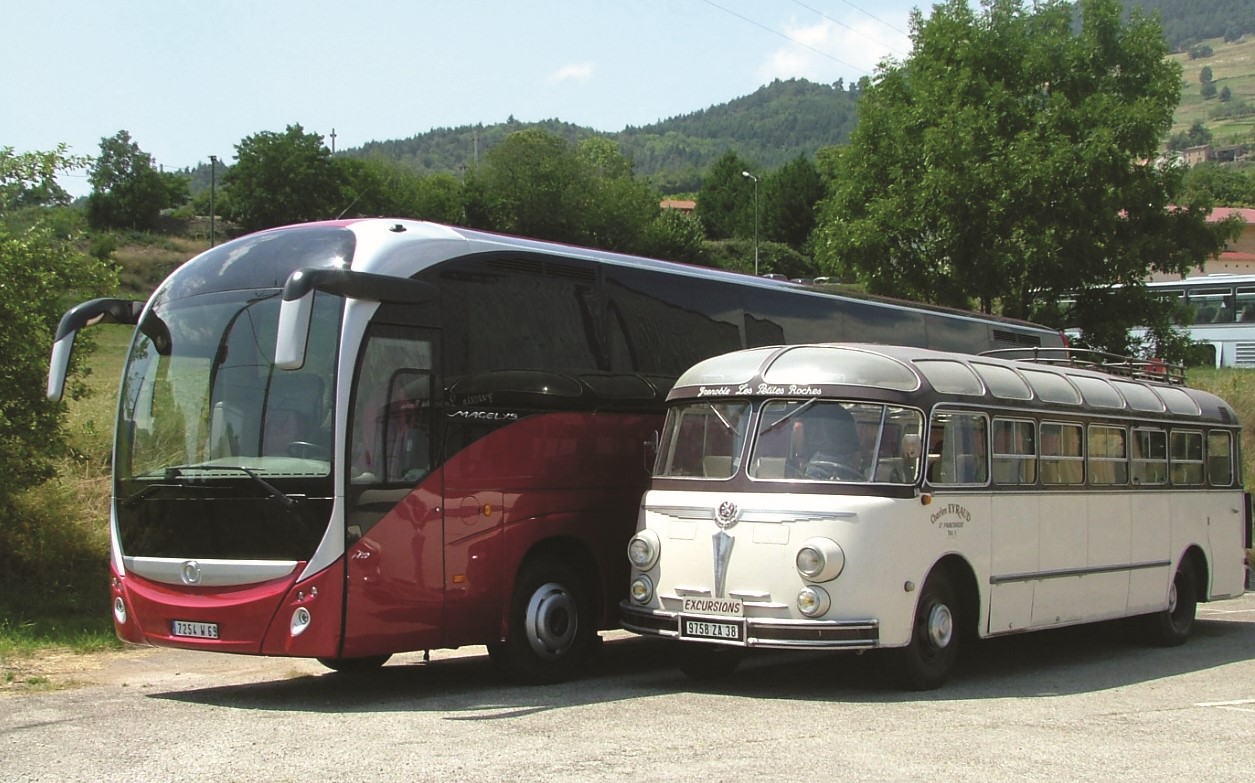
Expertise Exported Beyond French Borders
For decades, Annonay’s expertise has been exported far beyond French borders, demonstrating its ability to provide transport solutions tailored to the demands of the European and international markets.
1949: The company secured a contract in Argentina for 200 Isobloc W251DH buses destined for the capital, Buenos Aires.
1997: Saudi Arabian company Taseco ordered 330 Iliade GTX coaches to transport employees of the oil company Aramco. Deliveries of these specially configured coaches started in July 1998.
2014: IVECO BUS delivered 50 Citelis CNG buses to Astana, Kazakhstan, and achieved notable success in the Caucasus with the delivery of 151 High Service Level Crealis CNG buses to Baku, Azerbaijan, in preparation for the 2015 European Games.
2017: Astana renewed its trust in IVECO BUS with an order for 210 Urbanway buses, bringing its fleet to 570 IVECO buses. Côte d’Ivoire also became a key partner, with a contract for 50 articulated Crealis BRT buses running on natural gas, followed in 2019 by an order for fifty 18-metre Crealis NP buses.
These examples provide a glimpse into the international reach of Annonay’s expertise, which continues to be exported, representing between one-third and half of the production in recent years, particularly with the introduction of electric buses.
Overview of Vehicles Produced in Annonay
The Annonay factory has a rich history of manufacturing coaches and buses bearing monograms such as Besset, Isobloc, Saviem, IRISBUS, and IVECO: well-known brands that represent different periods in the factory’s existence, reflecting the various owners and shareholders who have succeeded one another until today under the IVECO banner.
1925 to 1951: Joseph Besset produced coach or bus bodies adapted to all the heavy-duty chassis of the time (from brands such as Berliet, Bernard, Chevrolet, Citroën, De Dion Bouton, Delahaye, Luc Court, Panhard, Renault, Rochet-Schneider, Saurer, Somua, Unic, etc.).
1938: Alongside the production of bodywork on chassis, Joseph Besset launched the revolutionary Isobloc, the first mass-produced European coach with a self-supporting structure and rear engine.
1951-1958: Under the SACA (Société d’Automobiles et Carrosseries d’Annonay) banner, the factory focused on producing Floirat and Isobloc vehicles.
1958: After joining the Saviem group in late 1956, SACA resumed production of the Renault R 4192 coach (and its urban derivatives), with the production line being transferred from Boulogne-Billancourt to Annonay.
1959: The unified Z 20 range included the ZF 20 (formerly the Floirat C 24 with front engine), ZR 20 (formerly the Renault R 4192 with central engine), and ZI 20 (formerly the Isobloc 655 DH with rear engine).
1960: After acquiring the coach-bus activity of market leader Chausson, the factory produced the unified Saviem-Chausson SC 1, SC 2, SC 3, SC 4, and SC 5 range (even-numbered models are buses, odd-numbered models are coaches). The Chausson SC 3 and SC 4 were discontinued in 1964, but the medium-capacity SC 5 continued production until 1971.
1964: Launched at the Paris Motor Show, the new Saviem range included the S 45 model (formerly the ZR 20), its extended version S 53 (new model), and urban version S 105 (formerly the SC 2). With MAN engines, the vehicles were named S 45 GT, S 53 M, and S 105 M. The S 45 range was restyled twice, in 1977 as S 45 R, S 53 R, and S 105 R, and in 1987 as S 45 RX, S 53 RX, and S 105 RX. 1993 marked the end of production for the legendary “S 45 family,” which, since the first R 4192 version, has been produced in over 35,000 units in Annonay, representing the factory’s greatest industrial success!
1965: Launch of the “French standard bus” SC 10, developed with RATP and UTPUR (Union des Transports Publics Urbains et Régionaux), with a total of 11,004 units produced until 1989.
1969: Launch of the E 7 tourism coach, available in four lengths (E 7 L long, E 7 M medium, E 7 N normal, and E 7 C short). Its extensively glazed body and flatter roof contrast with previous generations. The Renault E7 was produced in 3,496 units until 1983.
1978: The factory adopted the Renault Véhicules Industriels identity.
1983: Launch of the FR 1, the new French tourism coach. It is offered in three lengths (10.617 m, 11.381 m, and 11.995 m) and two heights. The Grand Tourism model, FR1 GTX, launched in 1989, was crowned “Coach of the Year” in 1991.
1991: Launch of the intercity and suburban line coach Tracer, successor to the S45/S53. It enjoyed significant success with the French armed forces. In production until 2001, with more than 5,400 units manufactured.
1996: Launch of the Iliade coach, which succeeds the FR 1 in all its versions. Its three engine power options and various equipment levels and finishes enable it to accommodate all types of transport: regular, regional, occasional, and grand touring.
1997: Transfer of the Agora city bus production line (standard and articulated) from Vénissieux to Annonay and launch of a CNG version with a natural gas engine.
1998: Launch of a new mixed line/tourism coach, Ares. Initially offered in a single length of 12 meters, the vehicle will later be available in three additional lengths: 10.6 m, 12.8 m, and 15 m.
2003: Launch of the Evadys HD. The versatile Evadys coach met the needs of regional or national routes, shuttle services, or medium-distance tourist missions. The Evadys H succeeded the Iliade TE in 2006.
2005: The Citelis succeeded the Agora. Available in three lengths: 10.8 meters, 12 meters, and an articulated version of 18 meters. A BRT version of the Crealis completed the range.
Between 2007 and 2010, IVECO BUS expanded its range of Grand Touring coaches with the introduction of the Magelys, which succeeded the Iliade GTX. Two years later, in 2009, the three-axle Magelys HDH completed the Grand Tourisme range, followed by the Magelys Pro in 2010, which “professionalizes your activity”, meeting the new needs of the Excursion/Tourism segment. The Magelys was crowned “Coach of the Year 2016.”
2013: The factory adopted the IVECO BUS brand. The Urbanway city bus range succeeded the Citelis range in all its versions (diesel, CNG, hybrid diesel-electric, short, standard 12 m, and articulated 18 m, Crealis BRT), meeting Euro VI emission standards.
2018: The Crealis articulated “In-Motion-Charging”, a modern 18-metre trolleybus combining two-wire power with battery energy storage, completed the Crealis range. It was crowned “Sustainable Bus of the Year 2019” in the urban vehicle category.
2022: The GX 137 CNG entered production at Annonay, marketed outside France as the G-WAY.
2024: The URBANWAY and CREALIS “MY 2024” models in various energies integrated new ADAS (Advanced Driver Assistance Systems) systems, and the first GX ELEC and E-WAY BEV models rolled off the Annonay production lines.
2025: The E-WAY H2, a 12-meter bus combining a fuel cell and a battery pack, had its first units produced at the Annonay site.

